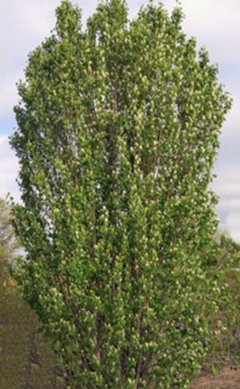Anyone familiar with Amelanchier alnifolia 'Obelisk'
Iowa_Steve
10 years ago
Featured Answer
Sort by:Oldest
Comments (14)
Embothrium
10 years agoIowa_Steve
10 years agoRelated Professionals
Deer Park Landscape Architects & Landscape Designers · East Rancho Dominguez Landscape Architects & Landscape Designers · Glen Ellyn Landscape Architects & Landscape Designers · Edmond Landscape Contractors · Merced Landscape Contractors · Pine Hills Landscape Contractors · Teaneck Landscape Contractors · West Haverstraw Landscape Contractors · Camp Springs Siding & Exteriors · Hacienda Heights Siding & Exteriors · Point Loma San Diego Siding & Exteriors · Bainbridge Island Decks, Patios & Outdoor Enclosures · Miami Decks, Patios & Outdoor Enclosures · Minneapolis Decks, Patios & Outdoor Enclosures · West Chester Decks, Patios & Outdoor EnclosuresEmbothrium
10 years agoIowa_Steve
10 years agoNate Anderson
2 years agotroyg_z4b_sd
2 years agoD C
last yeargardengal48 (PNW Z8/9)
last yearDutch
last yearD C
last yearPenny Fuller
last yearlast modified: last yearDutch
last yearPenny Fuller
last year
Related Stories

GARDENING GUIDESGarden-Friendly Native Alternatives to Overplanted Exotics
There are lots of gorgeous, wildlife-friendly native plants ready to make an appearance in your garden
Full Story










inthe weeds_